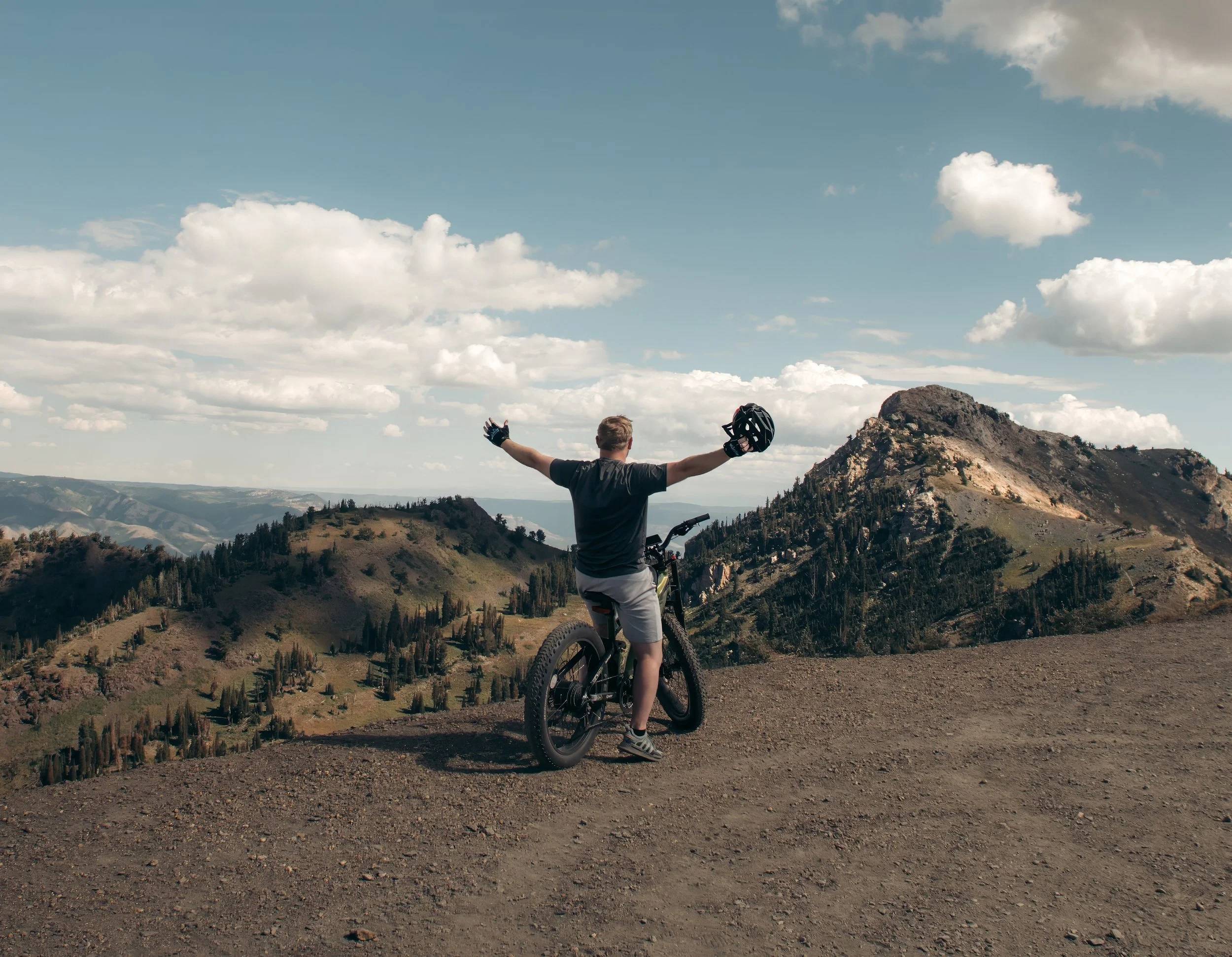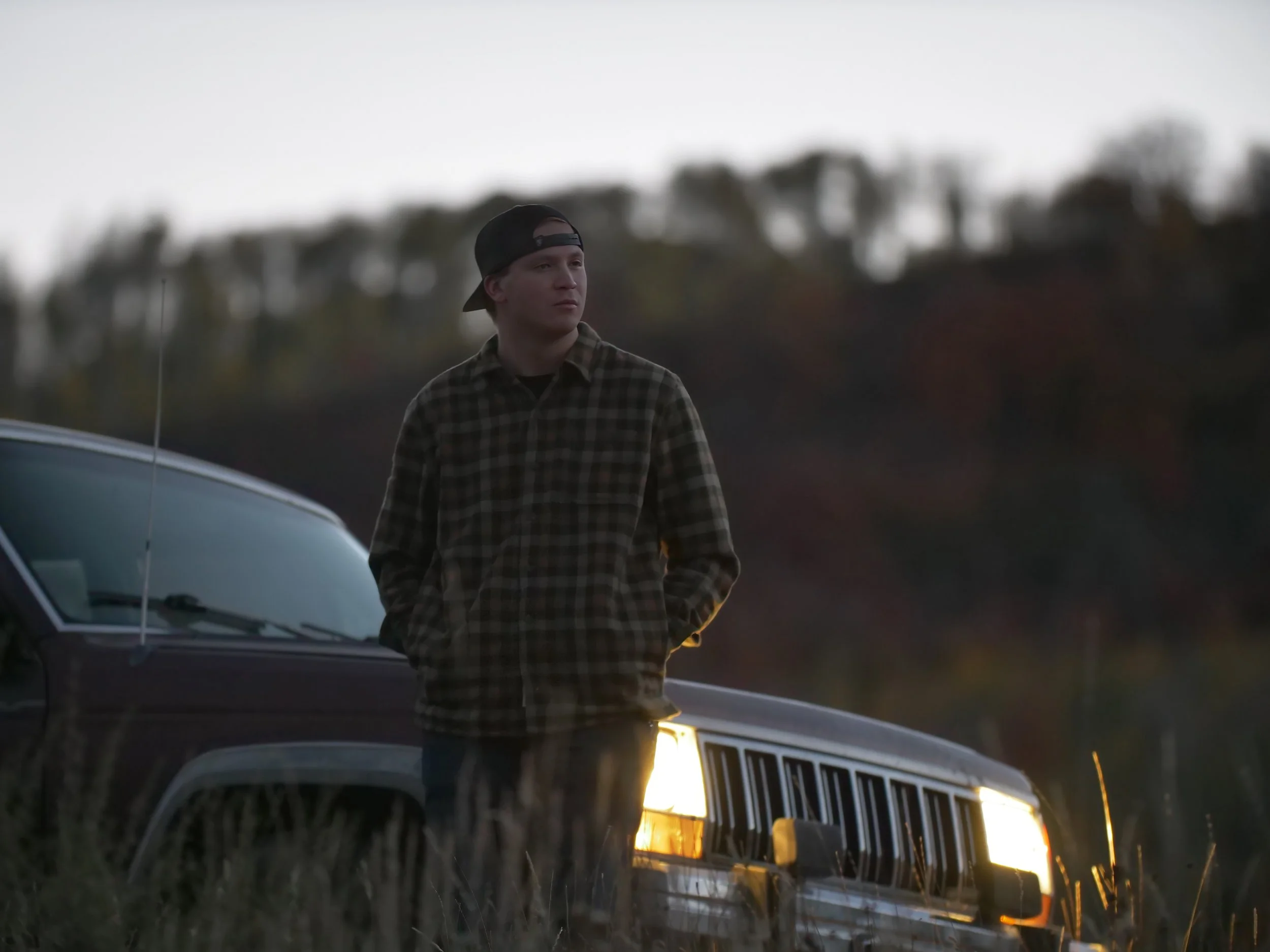How Camera Angles Shape a Scene: My Journey with Wolfen Media
Hey there, fellow film enthusiasts! I’m Trevor, the guy behind Wolfen Media, where I dive deep into the art of storytelling through cameras, reviews, and epic adventures. Today, I want to take you on a journey into the world of camera angles and how they can transform a scene—or even an entire movie—into something unforgettable. As someone who’s spent years chasing cinematic beauty, from the rugged Uinta Mountains in Utah to international travels with Exist Travels, I’ve seen firsthand how the way a camera is positioned can shift emotions, build tension, or pull you right into the action. Let’s break it down together, and I’ll sprinkle in some examples, including my favorite movie, Interstellar, to show you what I mean.
Camera angles are like the secret sauce of filmmaking—they guide what you feel without you even realizing it. A low-angle shot, where the camera looks up at a character, can make them seem powerful or intimidating, like they’re towering over the world. On the flip side, a high-angle shot looking down can make someone appear vulnerable or small, pulling at your heartstrings. I’ve experimented with this myself while shooting montages in the Uinta Mountains, tilting my camera upward to capture the grandeur of those peaks or dropping low to frame a serene fishing spot, and it changes the vibe completely. In movies, this technique is a game-changer, setting the tone from the opening frame to the final credits.
Take Interstellar, directed by Christopher Nolan, a film that’s close to my heart for its blend of science and emotion. One scene that sticks with me is when Cooper, played by Matthew McConnell, first enters the wormhole. The camera uses a wide-angle shot from below, making the spacecraft look massive and awe-inspiring against the swirling cosmic tunnel. This angle not only highlights the scale of the journey but also makes me feel the weight of humanity’s hope resting on his shoulders. I’ve watched this scene countless times, and that upward tilt pulls me in every time, reminding me how a single choice in framing can elevate a moment into something epic.
Another angle to consider is the eye-level shot, which creates a sense of intimacy or realism. It’s like the camera is your eyes, putting you right in the character’s shoes. In Interstellar, during the heart-wrenching goodbye scene between Cooper and his daughter Murph, the camera stays at eye level, locking onto their faces as tears fall. This choice makes the emotion raw and personal—I can feel the pain of their separation as if I’m standing there with them. When I’m out filming travel videos for Exist Travels, I often use eye-level shots to connect with viewers, like capturing a friend’s laugh around a campfire in Utah, and it’s amazing how it draws people in, making them part of the story.
Then there’s the Dutch angle, where the camera tilts sideways, throwing the horizon off-kilter to signal chaos or unease. In Interstellar, this technique shines during the docking sequence on the Endurance station, where Cooper fights to align the spinning craft. The tilted frames match the disorientation and urgency, making my pulse race as if I’m in the pilot’s seat. I’ve played with this angle myself while shooting action-packed clips, like a shaky tilt during a hike, and it adds a thrilling edge. It’s a bold move that filmmakers use sparingly, but when done right, like in Nolan’s hands, it turns a tense moment into a visual punch.
Beyond individual scenes, camera angles can shape an entire movie’s narrative arc. A consistent use of high angles might suggest a story of decline or vulnerability, while low angles could build a tale of rising power. In Interstellar, the shift from low angles during the hopeful launch sequences to more neutral or high angles as the mission falters reflects the crew’s dwindling odds. This progression mirrors my own experiences filming in challenging terrains—starting with bold, upward shots of mountains and ending with grounded frames as exhaustion sets in. It’s a subtle thread that ties the film together, showing how cinematography can carry the emotional weight of the story from start to finish.
Let’s talk about over-the-shoulder shots, which are gold for building tension or relationships. In Interstellar, during the planning scenes on the space station, the camera often peers over Dr. Brand’s shoulder as she debates with Cooper. This angle lets me see both her determination and his doubt, pulling me into their conflict. I’ve used this technique in my own montages, like filming a friend teaching me a new fishing trick in the Uintas, and it creates a sense of camaraderie that viewers can feel. It’s a simple trick, but it makes the interaction leap off the screen, turning a conversation into a shared experience.
Point-of-view (POV) shots are another powerhouse, putting you directly in a character’s perspective. In Interstellar, the POV shots during the water planet sequence, where waves crash over the crew, make me feel the panic and danger as if I’m strapped into the lander. The shaky, immersive camera work had me gripping my seat, and I’ve tried mimicking that intensity with my gear, like strapping a camera to my chest while hiking to share the thrill. It’s a technique that bridges the gap between screen and audience, making every stumble or triumph mine too.
Wide shots, or establishing shots, set the stage and give context, which is crucial for epic tales like Interstellar. The opening scenes show Earth’s dying fields in vast, desolate wide shots, setting a somber tone that stuck with me. I’ve captured similar wide frames in Utah, showcasing the sprawling beauty of the landscape, and it’s incredible how it frames the story’s stakes. These shots anchor the movie, giving me a sense of place and scale that smaller angles can’t, and Nolan uses them to remind us of the bigger picture—humanity’s survival.
Finally, the close-up is a filmmaker’s tool for raw emotion. In Interstellar, the close-up on Murph’s face as she solves the gravity equation is a gut punch—I can see every flicker of realization and hope. I’ve used close-ups in my Instagram reels, like zooming in on a friend’s smile during a Utah sunset, and it captures the moment’s essence. This angle strips away distractions, letting the actor’s performance—or the natural beauty—shine, and it’s a reminder of how small choices can have a huge impact.
So, as you watch your next movie or shoot your own footage, pay attention to those camera angles—they’re the unsung heroes shaping the story. From Interstellar’s cosmic wide shots to its intimate close-ups, they’ve taught me how to see the world through a lens, whether I’m in space or the Uintas. Check out my Instagram at @wolfenmedia or my Exist Travels clips for more of my adventures, and let’s keep exploring this cinematic world together. What’s your favorite angle? Drop me a line—I’d love to hear your thoughts!


